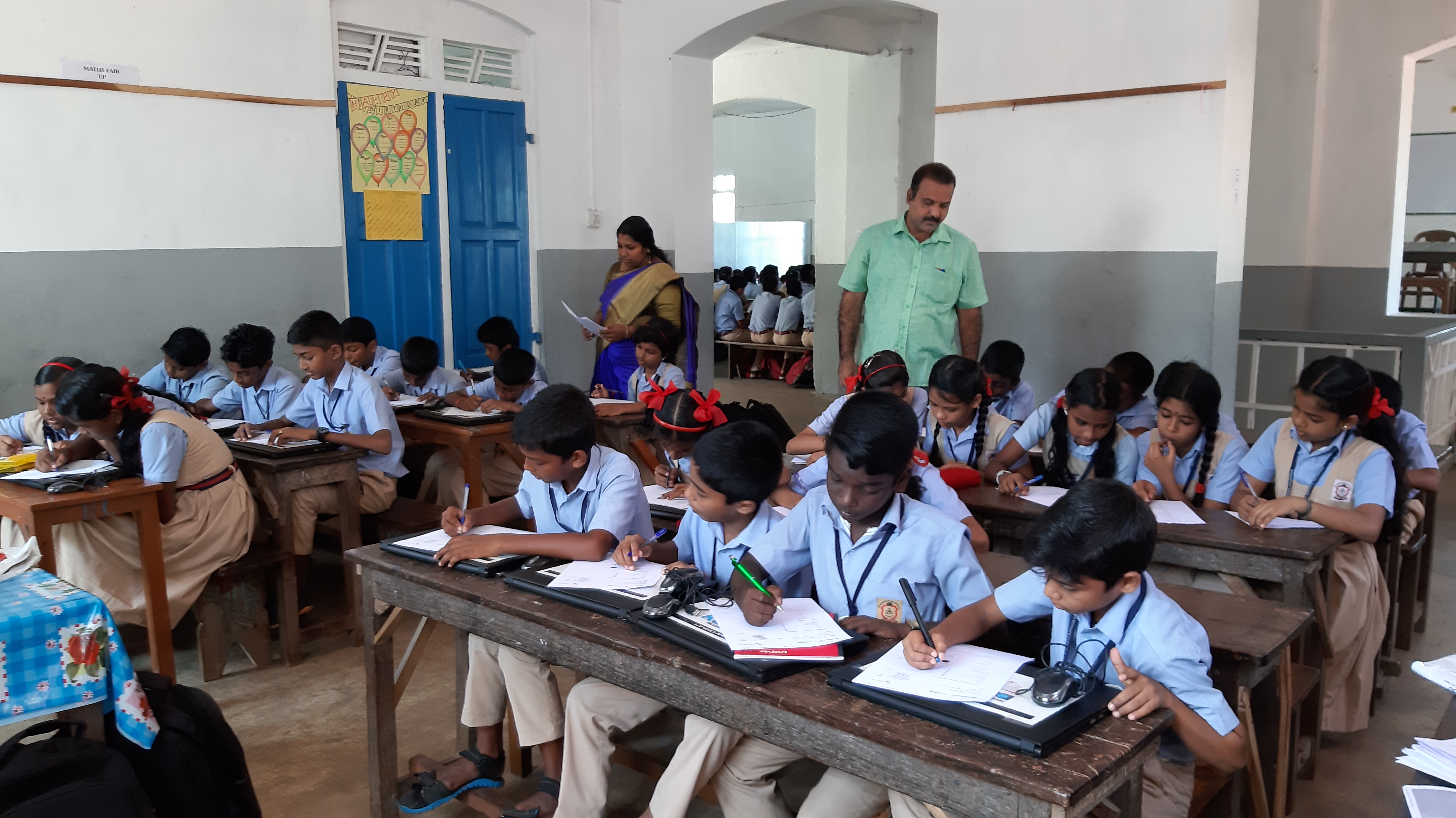- Home >
- Our Ideas
How did the CSR project reduced water scarcity and improved the livelihood of the people?

A year has passed since the implementation of the project, planned to resolve the issues of water scarcity at Satara District, Maharashtra. Recently our Team visited the Satara District, to conduct a CSR Impact Assessment study of the Water Harvesting Project. This project was executed last year by our Corporate Partner.
Our Corporate Partner adopted the villages of Satara and aimed for community development at a large scale. In the beginning of the project it was found that water scarcity is the major issue of the area. Hence, the key purpose behind our visit is to assess the impact of the water harvesting project on mitigating water scarcity issues.
It was a hot bright day when we reached the village. We reached there a day earlier to arrange our accommodation. The temperature was as high as 38°C and the high humidity made it worse . As we went to fetch water from the nearby water tap we got stuck in the long queue. Meanwhile, we came in acquaintance with a few village women who were discussing the days of water scarcity.

A village woman, named Seema, shared that earlier there used to be a huge water scarcity. Satara has always been a drought prone area, since the time of their ancestors. The borewells would dry up and they had to walk miles for hours to fetch a meagre amount of drinking water. They would keep praying for some rainfall, but the pain of water scarcity seemed never ending for them. Although their Gram Sarpanch had arranged for a water tanker within the village, but it was not sufficient to meet all their needs.
Seema broke into tears recalling those days. She also mentioned, they would hardly have any food left to feed her children. Due to lack of water, farmlands had become unfertile and only a limited crops could be grown. And the market price for which her husband and other farmers would sell the crops was not even at the margin.
As she proceeded in the queue, I asked her, " Now you have water taps here? Does this help you in any way?"
n this context, baseline surveys done in areas before a project is implemented are crucial in understanding the scope of learning outcomes and other indicators of progress.

Educational interventions undertaken by corporates are certainly welcome in such a landscape. For instance, the Satya Bharti School Program run by the Bharti Foundation is one of the most successful educational initiatives in the country. 249 primary Schools and 5 senior secondary schools are run in Punjab, Rajasthan, Haryana, Uttar Pradesh, Tamil Nadu and West Bengal. Over 45,600 underprivileged children are provided with quality education by these schools and over 1,650 teachers have been employed. The program focuses on the girl child (49% of the students are girls) and the weaker sections of society.
Another successful initiative is Project Nanhi Kali, established in 2005 and managed by the K. C. Mahindra Education Trust. It ensures 10 years of quality education to girl children from economically disadvantaged families. Their focus is on providing holistic support to students, including post-school academic support (to ensure grade-specific competency), materials support (in terms of uniforms, kits etc.) and importantly, community support (by engaging with parents and other members of the community, sensitising them to gender equality and ensuring the girls do not drop out of school).
CSR has the potential to become an even bigger change agent for education in the country. Some of the most successful projects such as the ones outlined above can be the beacons which guide the planning and implementation of other interventions. For corporates which might prefer doing their CSR activities in and around their own factory locations spread across the country, the take-homes from successful initiatives elsewhere can be kept in mind while working with the government schools in their own areas.
The key, however, lies in focusing on innovation, long-term sustainability and taking a holistic approach to bridge the gaps in the system and the community. Conducting CSR Impact Assessment and Social Return on Investment are important tools to measure the progress and continuously work on improving the parameters.